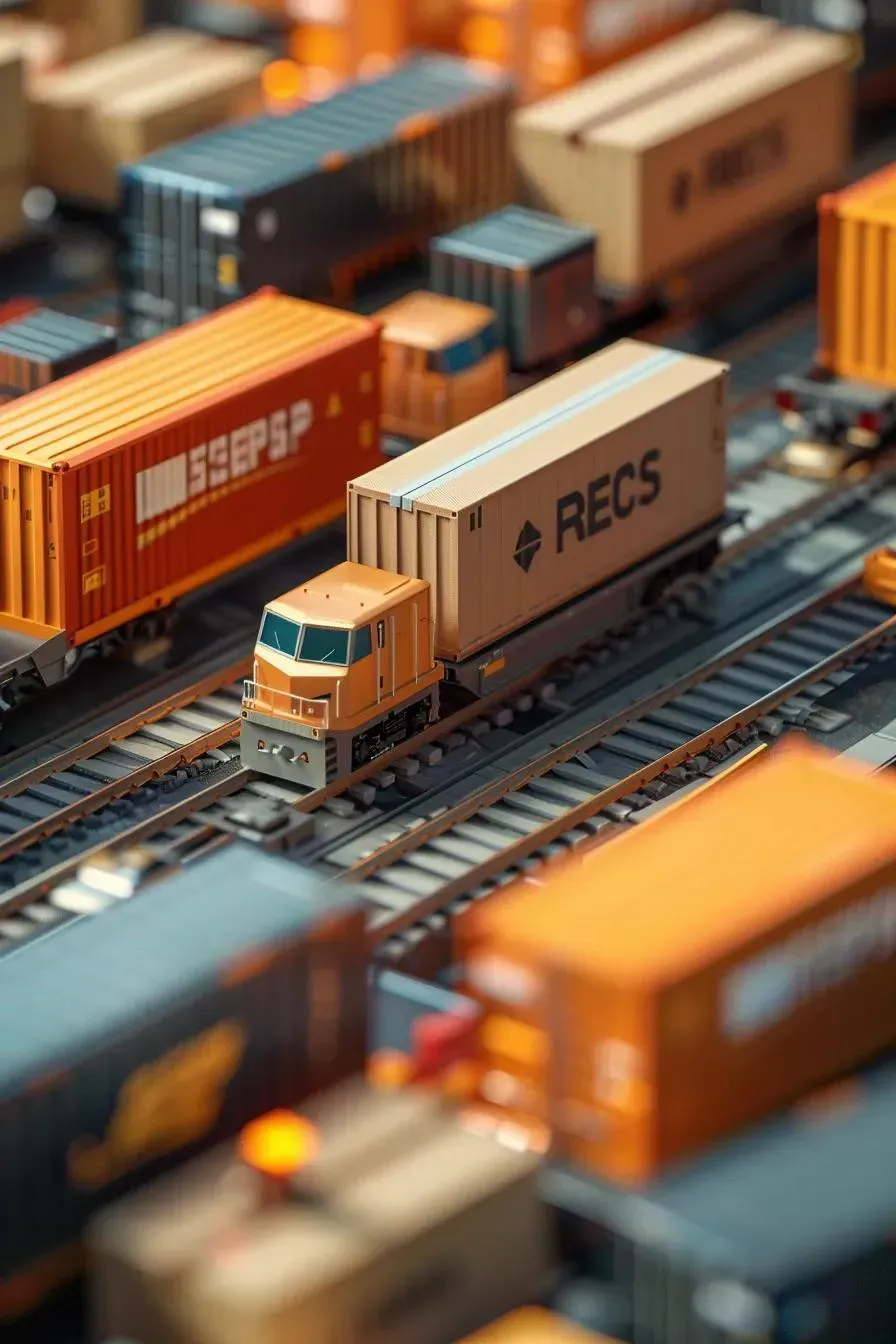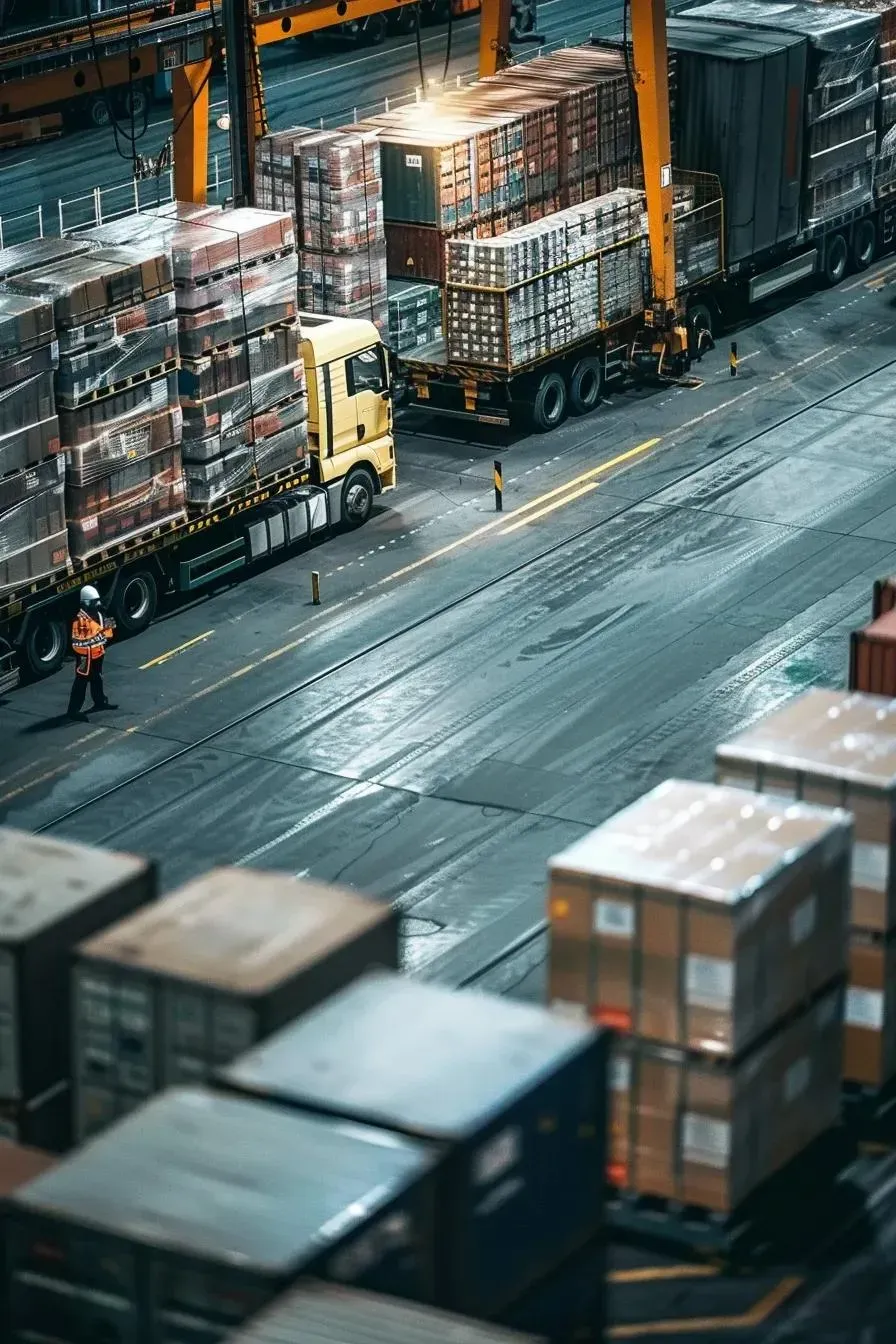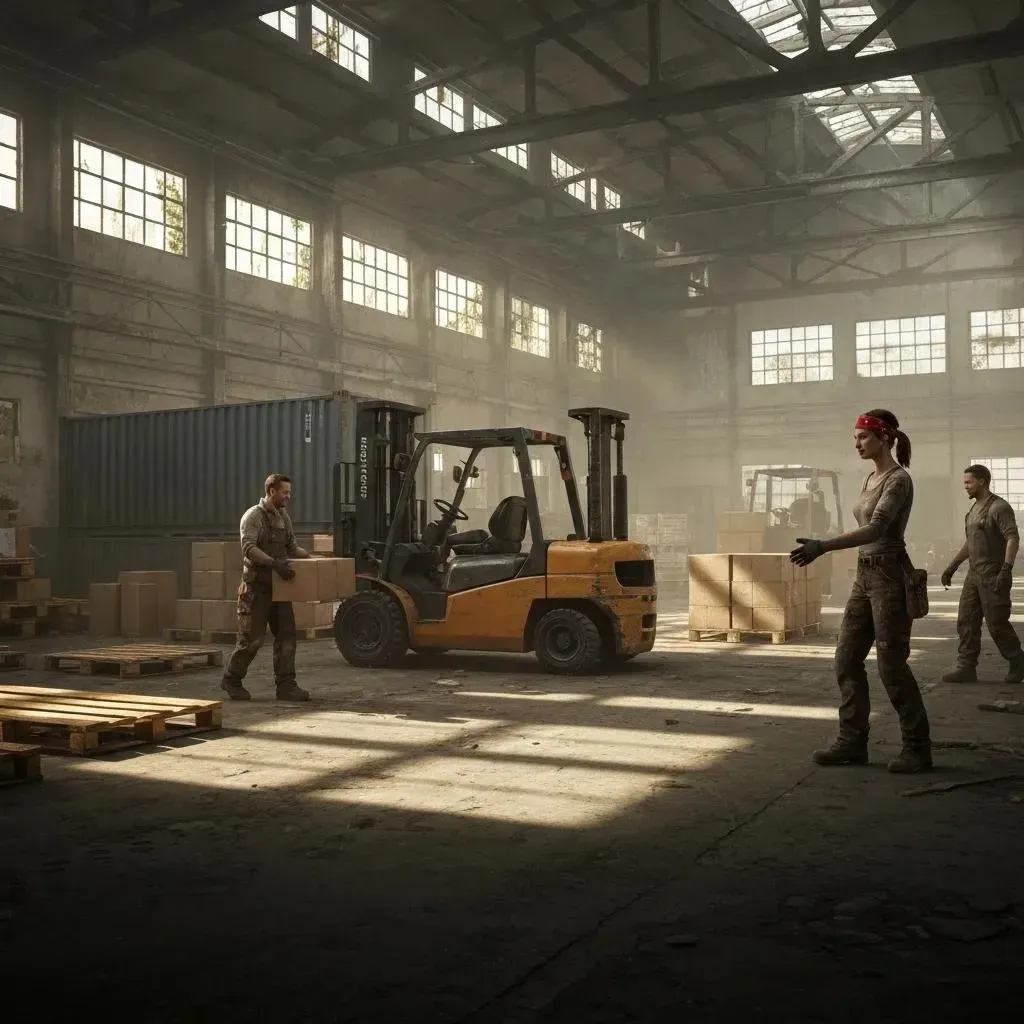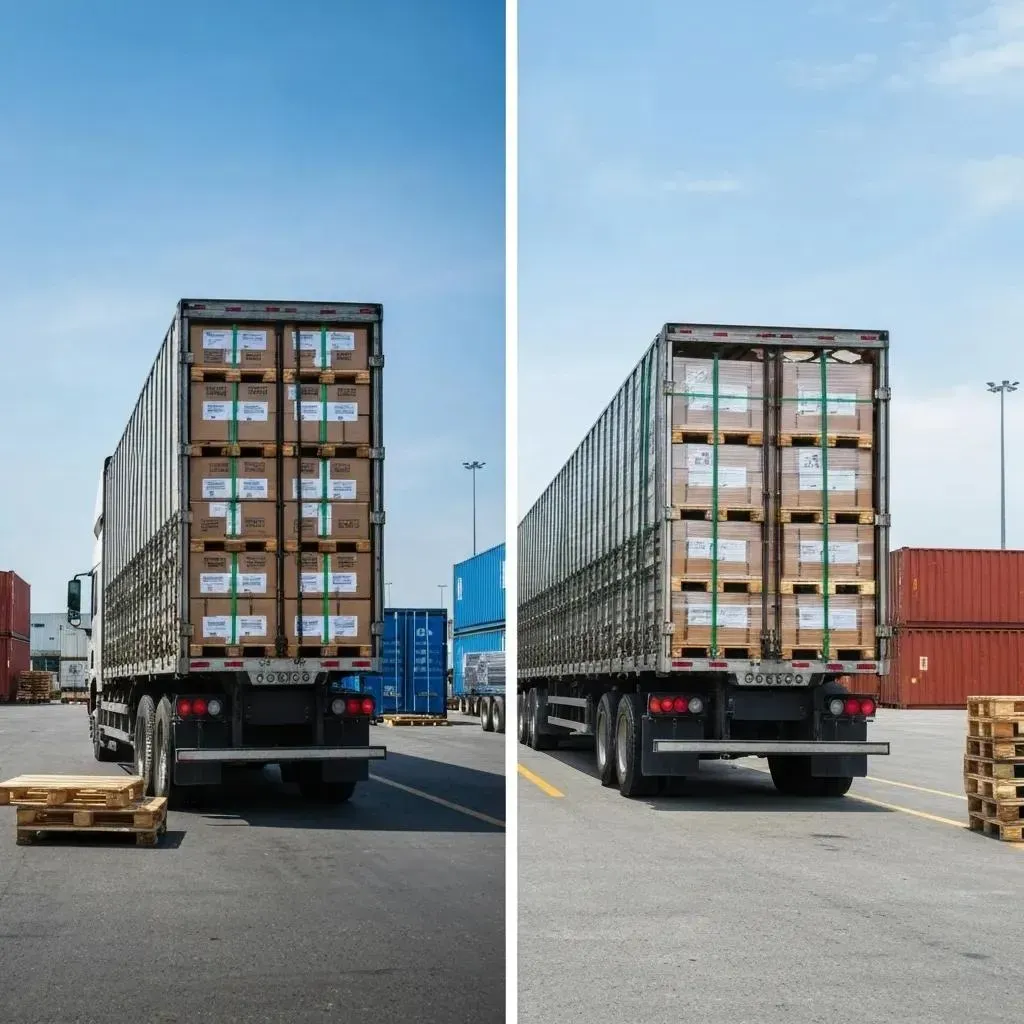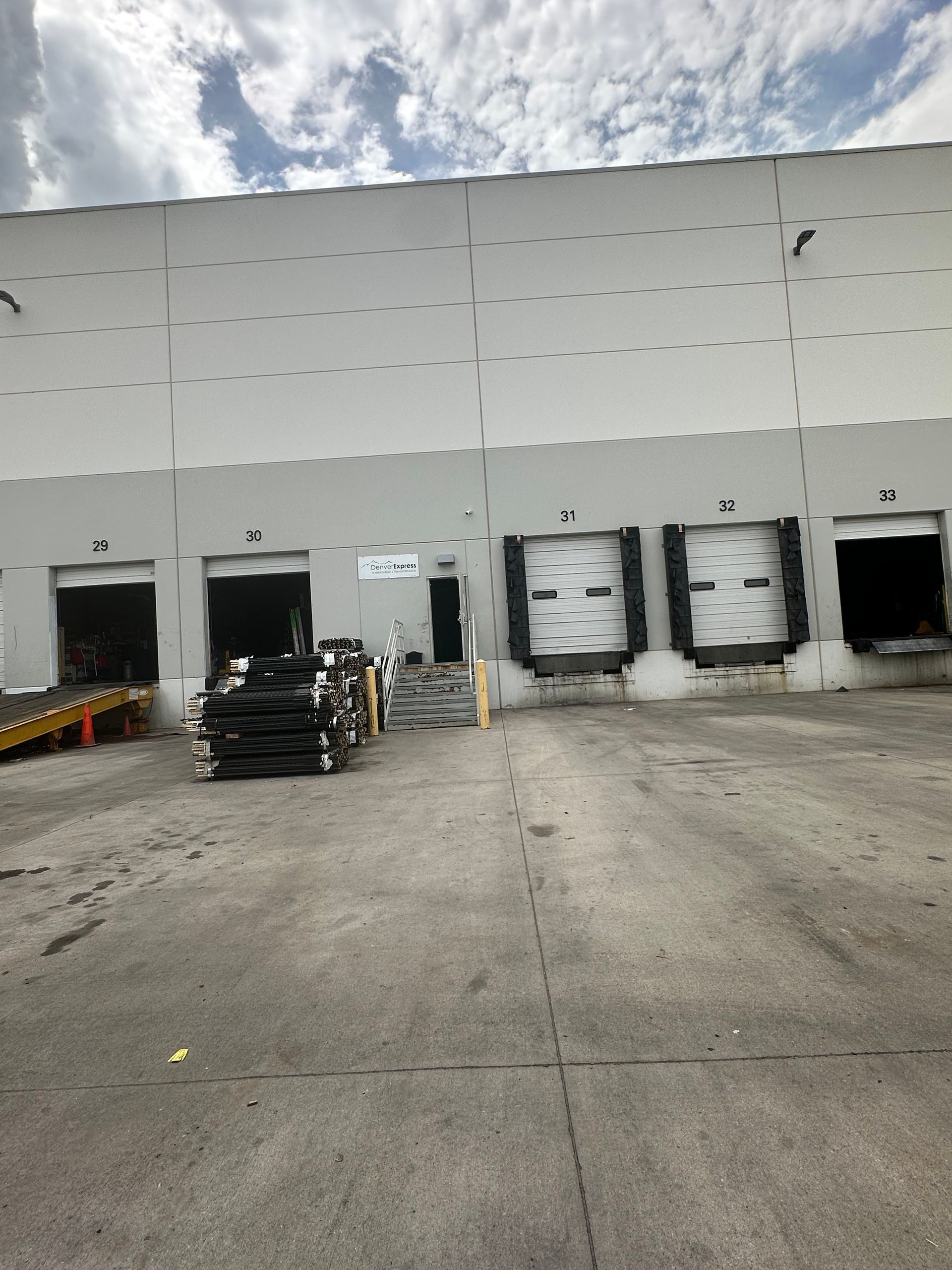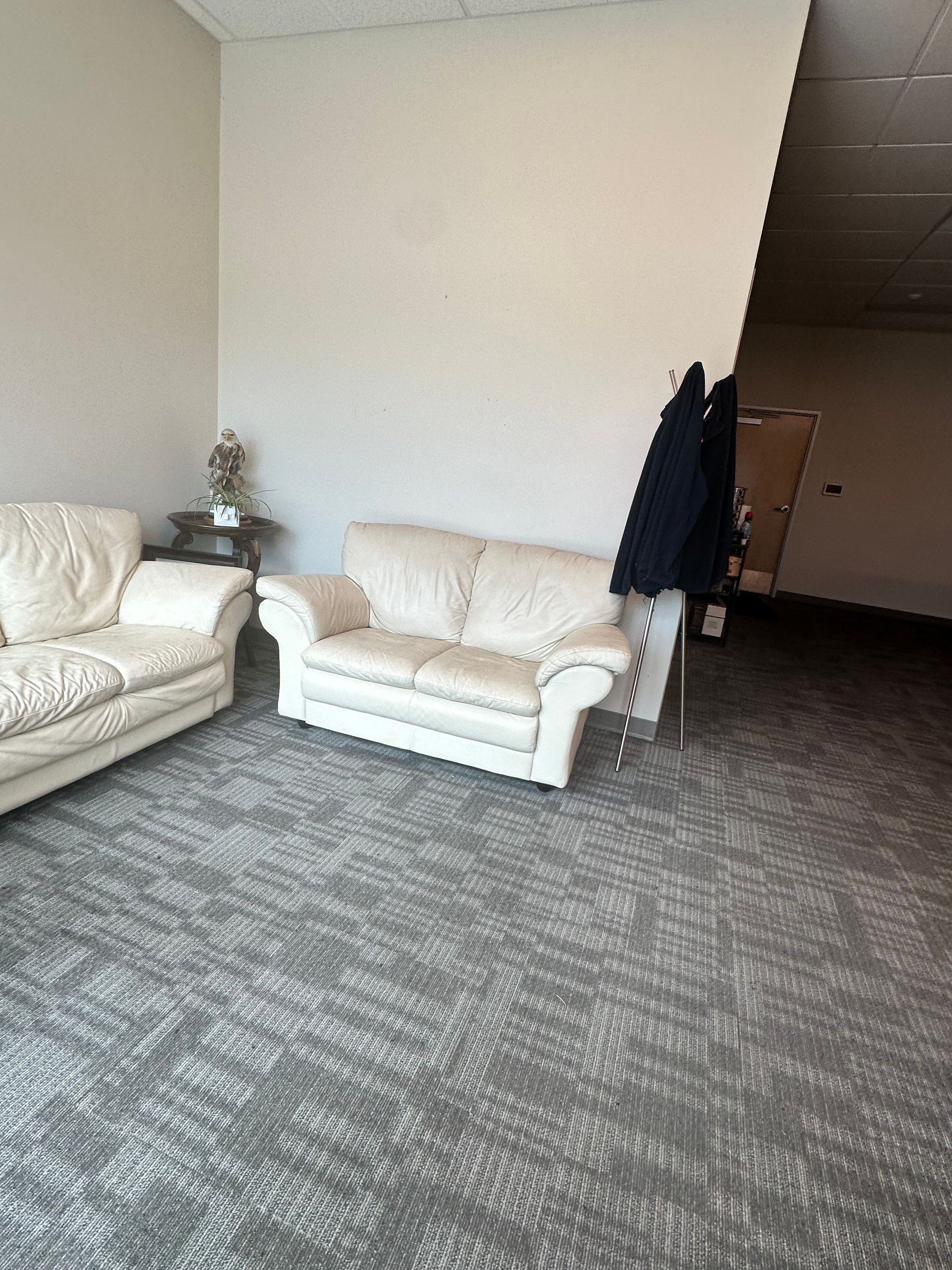CHEP vs Standard Pallets | Pallet Sizes & Logistics Guide
Pallet Dimensions & Types: A Deep Dive into CHEP vs. Standard Pallets for Smarter Logistics

Selecting the right pallet sizes and types is fundamental to boosting operational efficiency across warehousing, transportation, and distribution for businesses throughout Colorado. Properly sized pallets mean less time spent on handling, better use of rack space, and reduced shipping expenses, all while keeping your loads secure. This guide will walk you through standard pallet dimensions, compare CHEP's pooled pallets with standard purchased ones, explore wood, plastic, and metal options, and analyze their impact on storage, transit, and automation. You'll also discover how CHEP's rental system works, which industry-specific pallet solutions are ideal for retail, foodservice, and manufacturing, and what regulations—both local and international—govern safe, compliant shipping.
By grasping these crucial details, decision-makers in retail, manufacturing, and food distribution can significantly improve throughput, lower their total cost of ownership, and confidently team up with logistics experts like Denver Express Co. – Your Partner for Logistics, Warehousing, and Transportation Services to implement the most effective pallet strategies.
What Are the Standard Pallet Sizes Used in Shipping and Warehousing?
Standard pallet sizes are established base dimensions designed to simplify material handling, ensure compatibility with storage systems, and optimize freight efficiency. By adopting industry-standard sizes like the 48 × 40 inch Grocery Manufacturers Association (GMA) pallet in North America and the 1200 × 800 mm Euro pallet in Europe, businesses can cut down on loading times and make better use of warehouse space. For instance, using GMA pallets with the common rack systems found in Denver-area facilities makes cross-docking and storage transitions much smoother.
Standard Pallet Dimensions
Standard pallet sizes are pre-defined to streamline material handling and maximize freight efficiency. In North America, the GMA standard pallet measures 48 × 40 inches, while the Euro pallet used in Europe is 1200 × 800 mm.
This information provides the standard dimensions for GMA and Euro pallets, which are key considerations for any business involved in logistics and warehousing.
What Are the Dimensions of the GMA Standard Pallet in North America?
The GMA Standard Pallet measures 48 × 40 × 5.5 inches and features a four-way entry design, allowing fork truck access from any side.
- Construction: Built with three stringers supporting nine deck boards.
- Weight capacity: Typically handles 4,600 lbs dynamically and 10,000 lbs statically.
- Treatment: Often heat-treated for enhanced durability and ISPM 15 compliance for export shipments.
These dimensions are perfectly suited for most standard rack bay widths and trailer configurations, enabling predictable stacking and maximizing the usable space within trailers. Understanding these specifications naturally leads to a comparison with European standards.
GMA Pallet Specifications
GMA pallets, a staple in North America, measure 48 x 40 inches and are optimized for the grocery and retail sectors. They typically weigh around 37 pounds and can support a dynamic load capacity of approximately 1 ton.
This information is vital for understanding the specifications of the GMA pallet, a common standard across North America.
How Do Euro Pallet Sizes Differ from North American Standards?

Euro pallets conform to the CEN standard EN 13698-1 and measure 1200 × 800 × 144 mm, featuring a four-way entry block design.
- Construction: Block style with nine perpendicular blocks.
- Weight capacity: Supports approximately 2,500 kg static load.
- Lifecycle: Designed for reusability and optimized for pan-European pooling systems.
Euro dimensions are ideal for navigating tight European transport lanes and container layouts, but they necessitate specialized handling equipment when used in North America. These regional differences often lead businesses to explore custom solutions for operations that span multiple continents.
Euro Pallet Specifications
Euro pallets, compliant with the CEN standard EN 13698-1, measure 1200 × 800 mm and are tailored for the European market. They are recognized for their reusability and are optimized for pan-European pooling systems.
This source provides the dimensions and specifications for Euro pallets, which are essential for businesses operating within Europe.
Are There Custom Pallet Sizes for Specific Shipping Needs?
Beyond the standard GMA and Euro sizes, custom pallets can be manufactured to precise dimensions for specialized loads, including oversized machinery, unique crates, or high-value perishable goods.
- Variable dimensions precisely matching unique cargo footprints.
- Reinforced stringer or block designs engineered for heavy equipment.
- Specialty treatments such as anti-slip coatings or moisture-resistant wood.
Opting for custom sizes can resolve clearance challenges and minimize the need for excess dunnage, paving the way for meticulous load planning and seamless integration with existing in-house racking systems.
Custom Pallet Applications
Custom pallets are designed for specific requirements, such as accommodating oversized machinery or high-value perishables, effectively resolving clearance issues and reducing dunnage. They can feature variable dimensions and reinforced structures.
This highlights the critical role of custom pallets for specialized loads, a key consideration for businesses with unique shipping demands.
How Do CHEP Pallets Differ from Standard Pallets in Size, Ownership, and Use?
CHEP pallets are distinctive blue, pooled assets managed through a rental model that guarantees consistent quality, whereas standard pallets can vary significantly in condition and ownership, impacting supply chain reliability. By utilizing a closed-loop system, CHEP ensures uniform dimensions and dependable load performance, leading to fewer rejected shipments and better compatibility with automated systems.
What Are the Key Attributes of CHEP Pallets?

CHEP pallets offer:
- Rental Ownership: Businesses incur per-use fees rather than making outright purchases.
- Pooling System: Pallets are returned, reconditioned, and redistributed to maintain high quality.
- Color Coding: A distinctive bright blue paint makes identification and tracking straightforward.
- Durability: Rigorous quality checks ensure consistent load-bearing capacity and minimize failures.
These features relieve companies of the burden of pallet maintenance and inspection, promoting sustainable reuse and reducing operational overhead.
CHEP Pallet Attributes
CHEP pallets are characterized by their rental ownership, efficient pooling system, distinct color coding, and robust durability. These attributes free companies from pallet maintenance and inspection, fostering sustainable reuse and lowering operational costs.
This source outlines the key attributes of CHEP pallets, which are important for understanding their benefits within a supply chain.
How Do Standard Pallets Compare in Material and Ownership?
Standard pallets are typically:
- Owned Outright: Companies purchase pallets, taking on all maintenance, repair, and disposal expenses.
- Material Variance: Quality and wood species can differ, leading to inconsistent performance.
- Condition Range: Repaired or recycled pallets might not meet strict dimensional requirements.
- Lifecycle Trade-Off: While the initial cost is lower, long-term handling and repair expenses can be higher.
This variability can result in rejected shipments at distribution centers and slow down cross-docking processes, highlighting a significant advantage of pooled alternatives.
What Are the Benefits and Drawbacks of CHEP vs Standard Pallets?
| Pallet Type | Ownership Model | Material Consistency | Cost Profile | Sustainability Impact |
|---|---|---|---|---|
| CHEP Pallet | Rental Pool | High, uniform quality | Ongoing rental fees | Circular reuse minimizes waste |
| Standard Pallet | Purchase | Variable quality | Lower upfront cost | Often single-use and discarded |
What Are the Differences Between Wood, Plastic, and Metal Pallets for Logistics?
The choice of pallet material significantly impacts hygiene, lifespan, load capacity, and overall cost. Carefully evaluating the trade-offs between wood, plastic, and metal helps businesses align their pallet selection with their product type, environmental conditions, and long-term objectives.
Why Choose Wood Pallets for Cost-Effective Shipping?
Wood pallets continue to be the most economical choice due to:
- Repairability: Damaged deck boards can often be replaced in-house.
- Low Initial Price: Significant discounts are available for bulk purchases.
- ISPM 15 Treatment: Heat treatment allows for the international export of wood packaging.
- Biodegradability: End-of-life pallets can be chipped for mulch or composted.
These characteristics make wood pallets an excellent choice for general cargo movements, and they can also serve as a bridge to plastic options when frequent washdowns are required.
Wood Pallet Advantages
Wood pallets are cost-effective, easily repairable, and can be heat-treated for international export. They are also biodegradable, making them a suitable option for general cargo flows.
This source highlights the advantages of wood pallets, positioning them as the most economical option for shipping.
What Advantages Do Plastic Pallets Offer for Hygiene and Durability?
Plastic pallets provide consistent dimensions and are resistant to moisture, chemicals, and microbial growth:
- Sanitation: Easily cleaned and sterilized, ensuring safety for food and pharmaceutical products.
- Uniformity: Precise molding guarantees exact entry dimensions for automated handling systems.
- Longevity: Lifespans frequently exceed 10 years under typical warehouse conditions.
Their higher initial investment is often recouped through reduced downtime from pallet replacement and a lower risk of contamination in regulated environments.
Plastic Pallet Advantages
Plastic pallets offer superior hygiene, durability, and consistent dimensions, making them ideal for food and pharmaceutical applications. They are simple to clean and sterilize, and their precise molding ensures exact entry dimensions for automation.
This source details the advantages of plastic pallets, particularly in settings where hygiene is a top priority.
When Are Metal Pallets the Best Option for Heavy-Duty Use?
Metal pallets, typically made from steel or aluminum, are best suited for extreme loads and demanding environments:
- High Load Capacity: Capable of supporting dynamic loads exceeding 5,000 lbs.
- Fire Resistance: Non-combustible construction is ideal for high-temperature settings.
- Longevity: Can provide decades of service with minimal wear and tear.
Choosing metal pallets requires weighing their premium price against the necessity for exceptional durability in sectors such as automotive stamping or steel distribution.
Metal Pallet Applications
Metal pallets, commonly constructed from steel or aluminum, are ideal for extreme loads and harsh environments. They are utilized in industrial warehousing, transportation, and the food and beverage industry due to their exceptional durability and resistance to corrosion.
This source outlines the applications of metal pallets, confirming their suitability for heavy-duty use.
How Do Different Pallet Types Impact Warehousing and Transportation Efficiency?
Pallet dimensions, entry design, and material composition directly influence storage density, forklift operational speed, and trailer stacking efficiency, all of which shape overall logistics performance.
How Does Pallet Size Affect Warehouse Storage and Racking Systems?
A pallet's footprint dictates how effectively storage slots are utilized and influences aisle configurations:
- Standard 48 × 40 inch pallets are designed to optimize 100% of rack bay depth in North American systems.
- Euro dimensions may require custom rack adjustments or adapter beams.
- Oversized pallets can lead to wasted space or obstruct access.
Matching pallet size precisely to rack specifications maximizes cube utilization and reduces the labor involved in slotting operations.
What Role Do Pallet Types Play in Freight Loading and Transport Optimization?
Consistent pallet dimensions and entry points facilitate:
- Predictable pallet arrangements for efficient full-truckload planning.
- Reduced pallet shifting when paired with compatible anti-skid deck surfaces.
- Higher trailer cubing rates when side-by-side pallet alignment is exact.
Pooling services like CHEP further enhance reliability by providing uniformly sized assets that integrate seamlessly into pre-planned load configurations.
How Does Automation Influence Pallet Selection in Modern Warehouses?
Automated storage and retrieval systems (AS/RS) and robotic palletizers demand:
- Precise pallet tolerances, typically within ±3 mm, to prevent operational jams.
- Block-style bases that provide stable surfaces for vacuum or clamp gripping.
- RFID-embedded plastic or wood pallets for real-time tracking capabilities.
Aligning pallet choices with equipment specifications is crucial for ensuring system uptime and supporting Industry 4.0 initiatives.
What Is the Pallet Rental System Explained: How Does CHEP’s Pooling Model Work?
CHEP’s closed-loop pooling system centralizes pallet circulation, reducing the need for private asset inventories and the associated maintenance burdens, while simultaneously enhancing sustainability.
How Does CHEP’s Closed-Loop Pooling System Benefit Businesses?
Under CHEP’s pooling model, pallets:
- Are rented and returned through a standardized exchange network.
- Undergo thorough inspection and repair before re-entering circulation.
- Offer consistent performance, minimizing load rejections.
- Contribute to circular reuse, saving millions of trees annually.
This arrangement transfers the responsibility for quality control and asset management to the pool operator, allowing logistics teams to concentrate on their core operational functions.
CHEP Pallet Benefits
CHEP's pooling system provides enhanced operational efficiency, reduced capital investment, standardized handling, and significant sustainability advantages. The rental model eliminates the burden of pallet management.
This source highlights the benefits of utilizing CHEP pallets, including their sustainability and efficiency gains.
What Are the Cost Implications of Renting CHEP Pallets vs Buying Standard Pallets?
Renting CHEP pallets transforms capital expenditures into predictable operational expenses:
- Consistent rental fees per pallet-day replace large bulk purchase costs.
- Reduced labor and material expenses as inspection and repair are managed externally.
- Minimized risk of detention or rejection charges due to non-compliance issues.
While rental fees accrue over time, the overall total cost of ownership often proves lower than the combined expenses of purchasing, repairing, and disposing of owned pallets.
How Does CHEP Pallet Tracking and Management Improve Supply Chain Visibility?
CHEP utilizes RFID and barcode tagging to:
- Track pallet movements across various network points in real time.
- Provide usage analytics that pinpoint inefficiencies and bottlenecks.
- Automate billing processes and reduce the need for manual inventory audits.
Access to granular data empowers logistics managers to refine routing strategies, optimize inventory levels, and anticipate capacity requirements with greater precision.
What Are the Industry-Specific Pallet Types and Their Logistics Requirements?
Different industries require specialized pallets to meet unique criteria related to weight, hygiene, product display, or handling specific to their products.
Which Pallet Types Are Best for Retail and Display Applications?
Retail display pallets, often referred to as “floor-ready”:
- Feature printed graphics or distinctively colored deck boards for branding purposes.
- Incorporate low-profile bases that allow them to be placed directly on sales floors.
- Maintain consistent load dimensions for seamless merchandising transitions.
These pallets accelerate shelf replenishment and reduce in-store labor, improving overall time-to-shelf metrics.
What Pallet Materials Are Preferred in Foodservice and Pharmaceutical Logistics?
Foodservice and pharmaceutical sectors frequently opt for high-density plastic pallets due to:
- FDA-compliant materials that effectively resist contamination.
- Smooth surfaces that facilitate thorough and efficient sanitation cycles.
- Integrated RFID or QR codes for precise lot-level traceability.
These attributes are essential for meeting stringent regulatory requirements and minimizing the risks of cross-contamination.
How Do Manufacturing Operations Benefit from Heavy-Duty and Custom Pallets?
Manufacturing plants handling substantial components typically utilize:
- Reinforced stringer pallets rated for hundreds of cycles under extreme weight loads.
- Custom deck configurations designed to securely cradle irregular parts.
- Integrated runner designs specifically for automated guided vehicles (AGVs).
Tailored pallets enhance material flow on production lines and provide superior protection for high-value inventory during in-plant transport.
What Are the Key Pallet Regulations and Compliance Standards Affecting Shipping?
Adhering to international and local regulations ensures that pallets meet phytosanitary, safety, and storage requirements for both cross-border shipments and domestic operations.
What Is ISPM 15 and How Does It Affect Wood Pallet Use in International Trade?
SPM 15 mandates heat treatment or fumigation of wood packaging materials to prevent the spread of pests:
- Stamped pallets must bear the IPPC mark, signifying compliance.
- Treated pallets reduce the risk of cargo holds being quarantined at ports.
- Compliance ensures seamless entry into over 170 member countries of the IPPC convention.
Understanding these requirements is crucial to avoid costly delays and maintain strong end-market relationships.
ISPM 15 Regulations
ISPM 15 requires that wood packaging material be debarked and treated with heat or fumigation, then marked with the IPPC symbol, to prevent pest spread in international trade. This standard is essential for global shipments.
This source explains the ISPM 15 regulations, which are essential for international trade compliance.
How Do Local Colorado Regulations Influence Pallet Handling and Storage?
Colorado's occupational safety and fire codes stipulate:
- Proper limits on stacking heights within indoor warehouses.
- Clear access aisles to ensure emergency egress.
- The use of approved fire-resistant coatings on wooden pallets stored near heat sources.
Compliance with state and municipal rules is vital for maintaining safe and uninterrupted operations in Denver-area facilities.
Colorado Packaging and Labeling Regulations
Colorado regulations mandate accurate quantity declarations and the clear identification of the commodity on packages offered for sale, in accordance with the Measurement Standards Act of 1983.
This source provides important information on local regulations that impact pallet handling and storage practices.
What Are Best Practices for Ensuring Pallet Compliance in Warehousing and Transport?
To uphold safety and regulatory standards, logistics teams should:
- Inspect all incoming pallets for damage or non-compliant markings upon receipt.
- Segregate treated, untreated, and recycled pallets to maintain proper inventory control.
- Maintain accurate records of all pallet treatments and disposal activities.
Implementing these practices minimizes the risk of rejection and fosters a culture of continuous compliance throughout the supply chain.
Your choice of pallet significantly impacts every stage of the supply chain, from rack density and automated systems to sustainable practices and regulatory adherence. By aligning pallet dimensions, materials, and ownership models with your specific operational objectives, your business can unlock substantial cost savings, boost throughput, and achieve greater reliability. Partnering with an experienced logistics provider ensures these strategies translate into tangible, real-world performance: experience a seamless, customized solution with Denver Express Co.
Ready to optimize your pallet logistics? Visit Denver Express Co. to explore our comprehensive warehousing, distribution, and transportation services, all designed to serve the Colorado Front Range.


